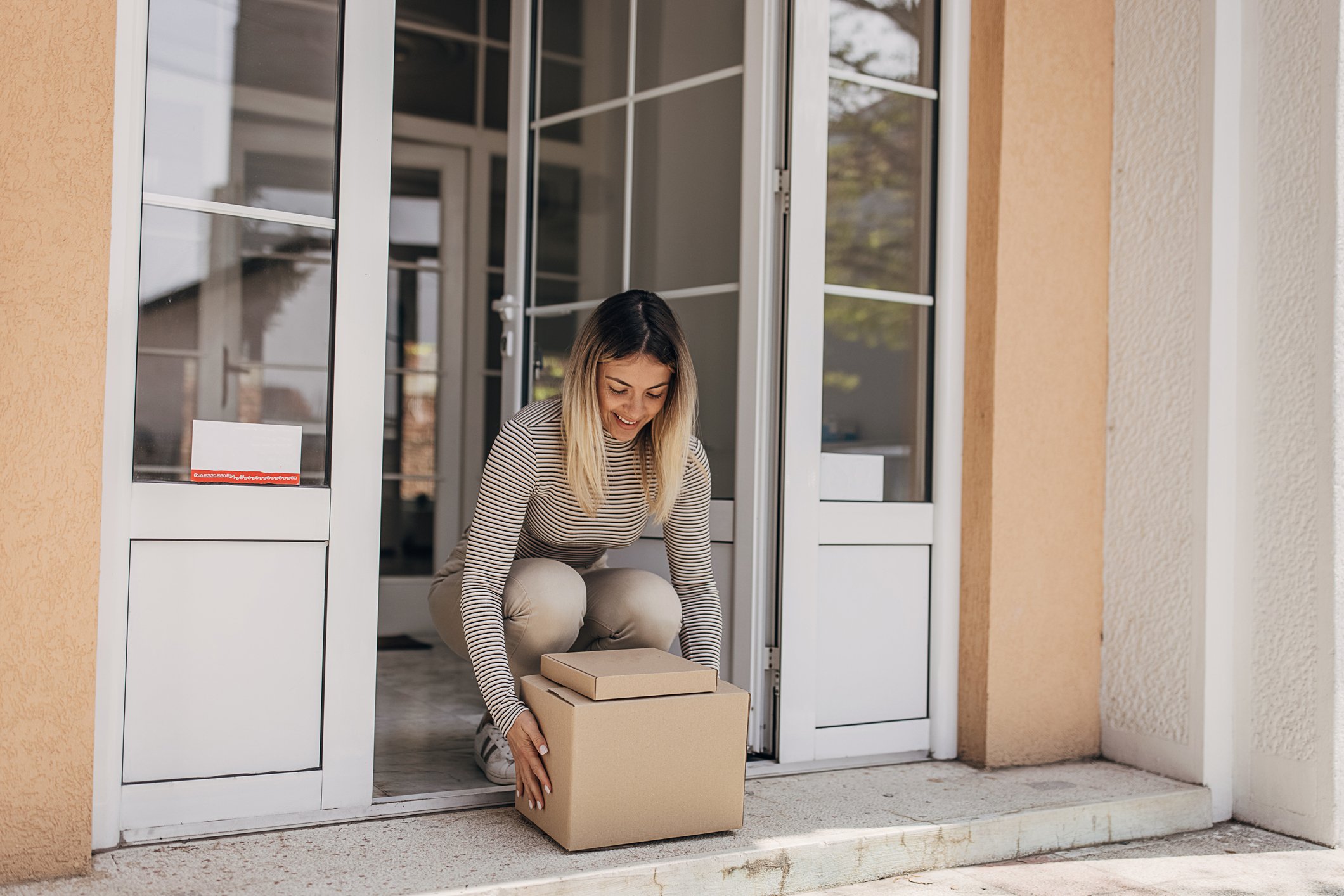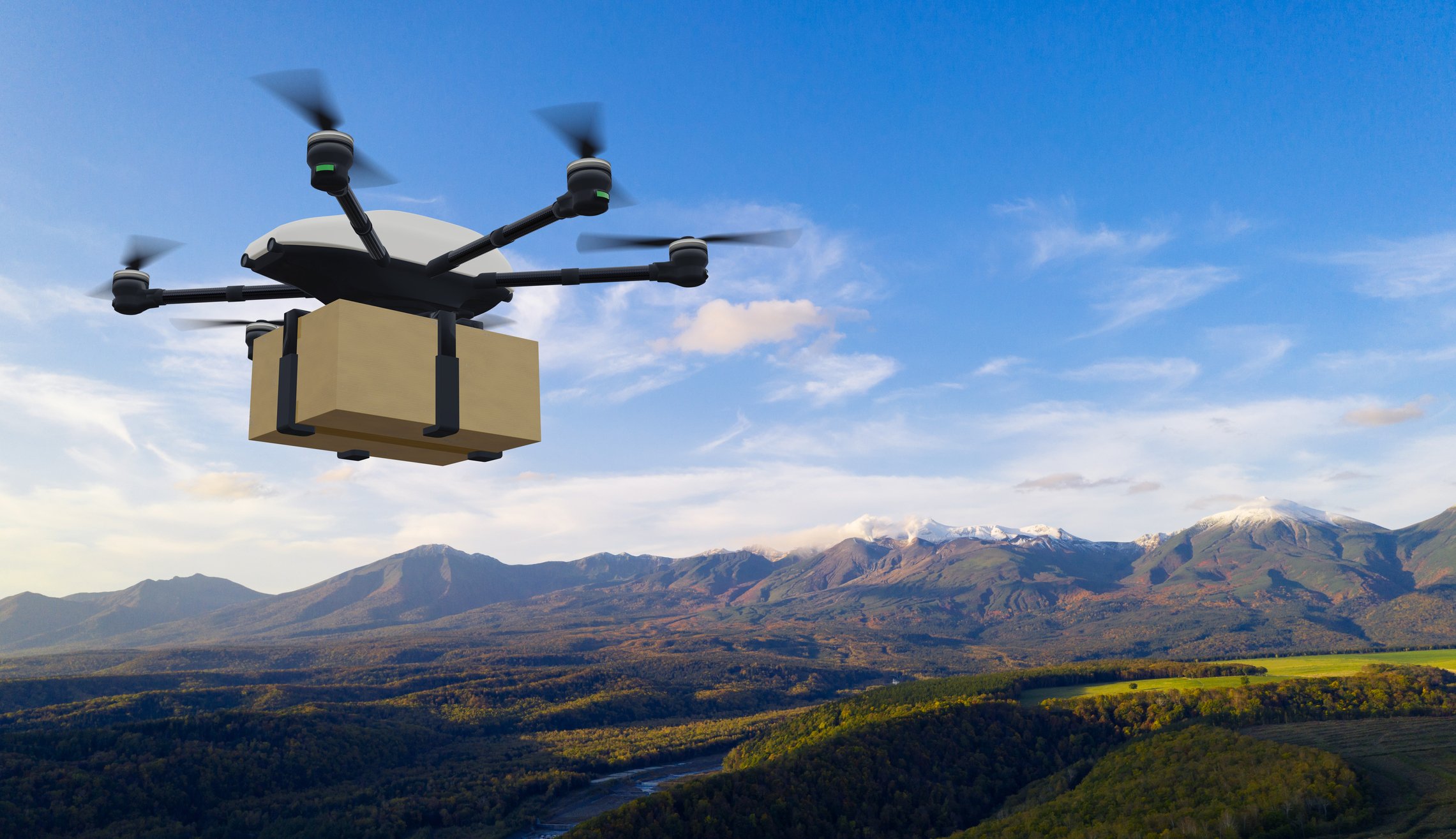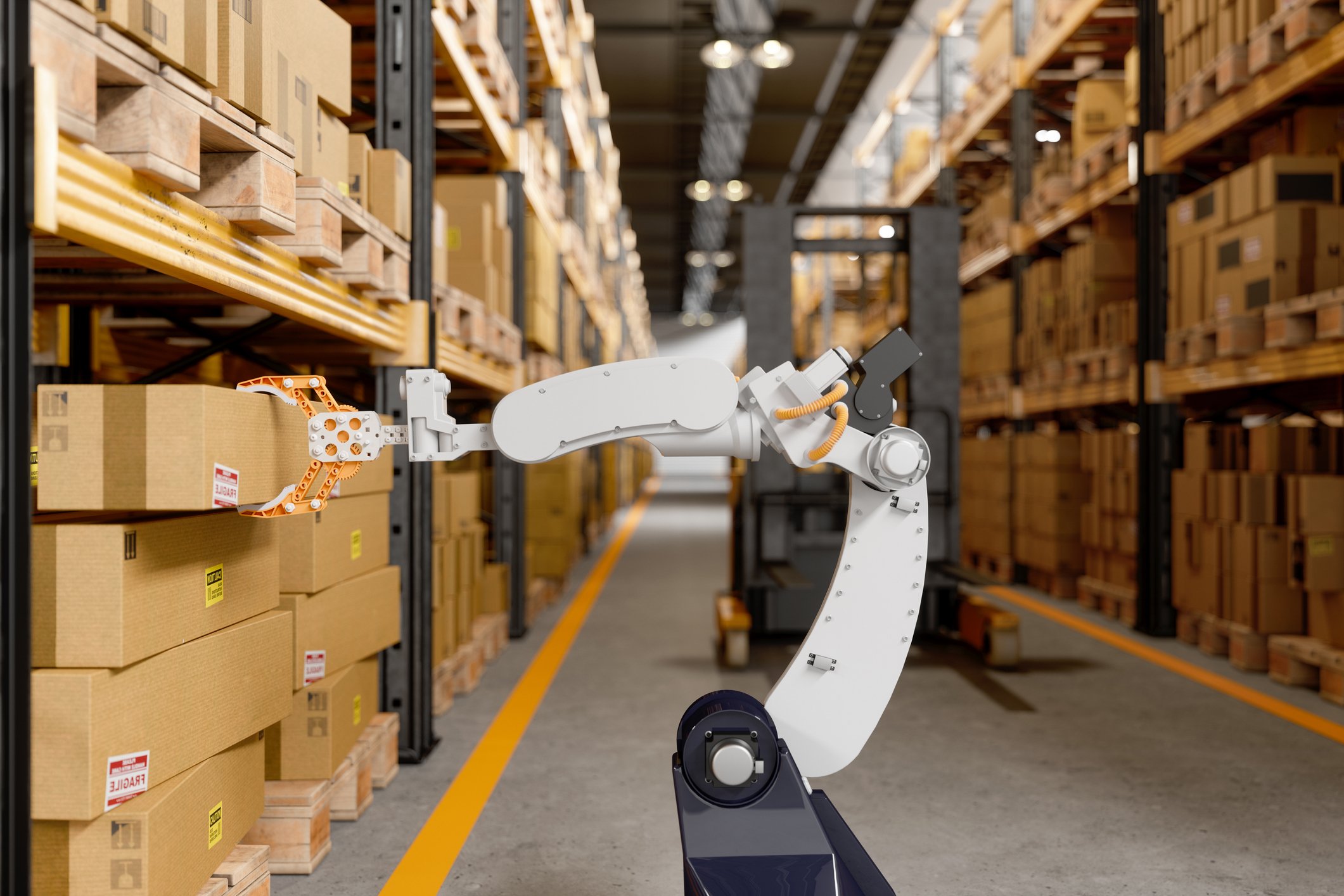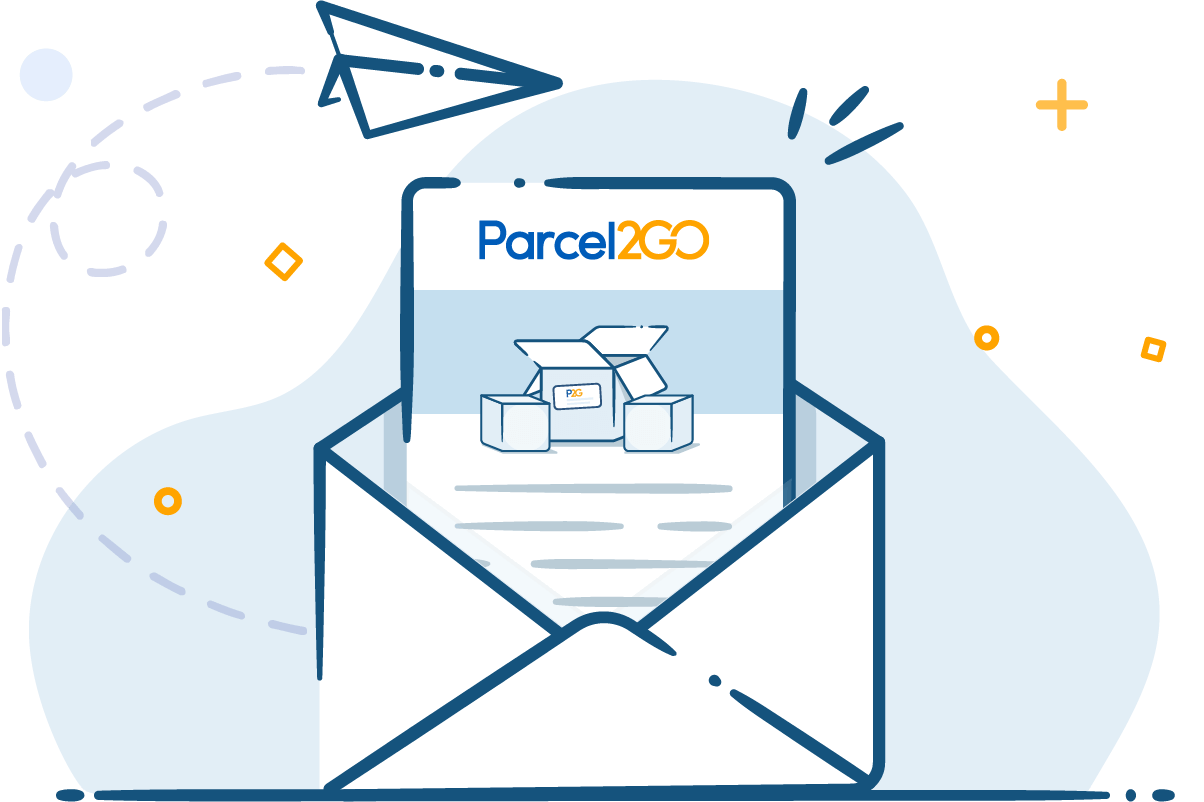With parcel deliveries more frequent than ever before, there’s plenty of demand for parcel companies to innovate their delivery methods.
Drone delivery emerged as the latest technological solution to speedy home delivery for companies such as Amazon - shipping your parcels through the air in as little as 30 minutes! But what does the future hold for drone delivery and will it be here to stay?
What are Delivery Drones?

Delivery drones, also known as unmanned aerial vehicles (UAVs), are revolutionising the parcel delivery world as we know it. By providing efficient and automated shipping services, delivery drones have been explored by large companies such as Amazon and Royal Mail.
Powered by rechargeable batteries, delivery drones offer a more eco-friendly solution for quick and secure deliveries. They’re also equipped with advanced safety features and communication systems, ensuring reliable parcel delivery and customer satisfaction.
Drone Delivery Cost
As drone delivery is still new, providing an accurate cost can be quite difficult. However, a study from 2023 estimates that a single parcel drone delivery would cost around $13.50!
While we don’t offer drone delivery yet, if you’re looking for affordable and reliable delivery right now, we’ve got you covered! With Parcel2Go, you can have your parcels delivered from as little as £2.19 exc VAT. Get a quote today and see how much you can save.
Delivery Drone Weight Limit
When it comes to delivery drones, understanding the weight limit is crucial. So, whether you're shipping lightweight parcels or heavier packages, you want to be sure delivery drones can ship your parcels without any hassle.
The maximum weight of delivery drones can vary based on the drone's design, power, and size - but Amazon's current delivery drone, also known as the MK27-2, can carry parcels weighing up to 5 pounds.
How Does Drone Delivery Work?

While drone delivery may seem complicated, it’s actually quite similar to how you would usually have your parcel delivered:
- Place your order - Your order and parcel are prepared for shipping. Keeping in mind the weight of the product you want to buy.
- Drone dispatch - The parcel is securely attached to a drone, which then takes off from a central location such as a warehouse or distribution centre.
- Drone delivery - The drone safely flies to your location, using GPS technology and sensors to avoid any possible hazards or obstacles. You will also be able to track your parcel, giving you extra peace of mind.
- Your parcel is dropped off - The drone will arrive at your specified location. You can then either have your parcel dropped into your hands by the drone or wait for it to land and pick your parcel up securely.
Easy right? The advanced technology and convenience of drone delivery can make for a smoother and faster delivery experience. But there are still some concerns.
Is Drone Delivery Safe?

One of the big issues with drone delivery is the safety of your parcel. Whether the drone crashes or has no safe area to deliver, there’s a lot of uncertainty when it comes to how safe your parcel is.
And as drone’s are quite fragile, any contact with them could result in it and your parcel being potentially damaged. However, companies such as Amazon are trying to crack down on this - suggesting that homes and buildings have safe drone delivery pads and upgrading their drones so that they can reliably avoid other aircraft, people, pets, and obstacles.
When will Amazon Drone Delivery Start?
Amazon announced that their new delivery drone, the MK-30, will be out making deliveries in 2024. This exciting new advancement in drone technology is lighter, faster and makes 25% less noise! The drone will make deliveries in Lockeford and College Station.
Future of Parcel Delivery

While drone delivery is making great strides in the parcel delivery industry, there are alternatives that prove just as exciting!
Artificial Intelligence - From ChatGPT to voice recognition, AI is making its way into every corner of our lives, including parcel delivery. Optimising delivery routes to reduce time, cost and carbon emissions. Learn how you can use AI for your business.
Last Mile by Foot - While not as high-tech as delivery drones or AI, offering eco friendly delivery services is crucial for setting up the home delivery of the future. Amazon is leading the way with their 'Last Mile Logistics Hub', transforming a London parking lot into a distribution hub and making deliveries within a 2km radius on foot or using e-cargo bikes, with plans for five more hubs by 2025. Why not make a start in making your shipping more sustainable?
Automated Vehicles - The use of autonomous vehicles as last mile carriers has great potential for the future of parcel delivery. Companies like Amazon, Tesla, Gatik, and Kar-go are exploring self-driving vehicle technology. These vehicles are equipped with lockers for contactless delivery and aim to make the process faster and more convenient. Despite there being concerns around the recipients availability to collect the parcel, it is anticipated that 80% of last mile deliveries will be accomplished by autonomous vehicles by 2025.


.svg)

